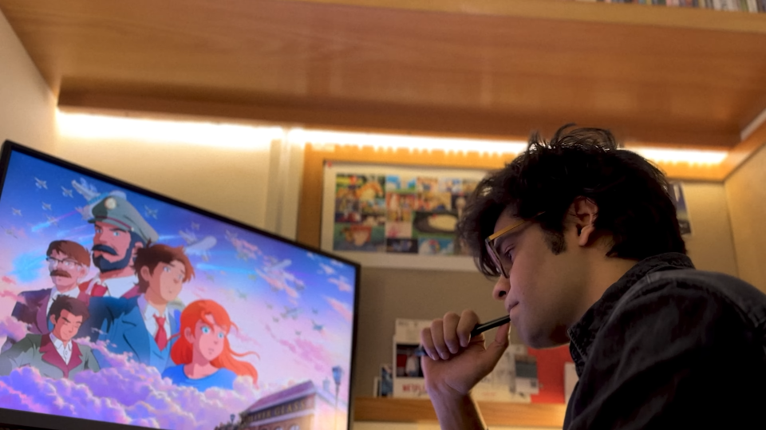
At the age of six or seven, Usman Riaz sat in front of a TV, watching a series on a rented video cassette. Like most VHS tapes in those days, rented from the Rainbow Center or a local neighborhood shop, it wasn’t an original copy. It had been recorded over something else.
So, when the series ended, “Kiki’s Delivery Service” began to play. And so, he was introduced to the world of Studio Ghibli and Japanese animation. What followed was a fascination, nay an obsession with animation.
He actively sought out films like “Princess Mononoke”, “My Neighbour Totoro”, “Snow White & the Seven Dwarfs”, “Pinocchio” and “Bambi”. And of course, like any anime fan he also gobbled up anime classics like “Naruto” and “Death Note”.
Today, he has his own animation studio; the only one of its kind in Pakistan. Affectionally named “Mano” after his dear cat, the studio has created the first hand-drawn animated film in the history of Pakistan.
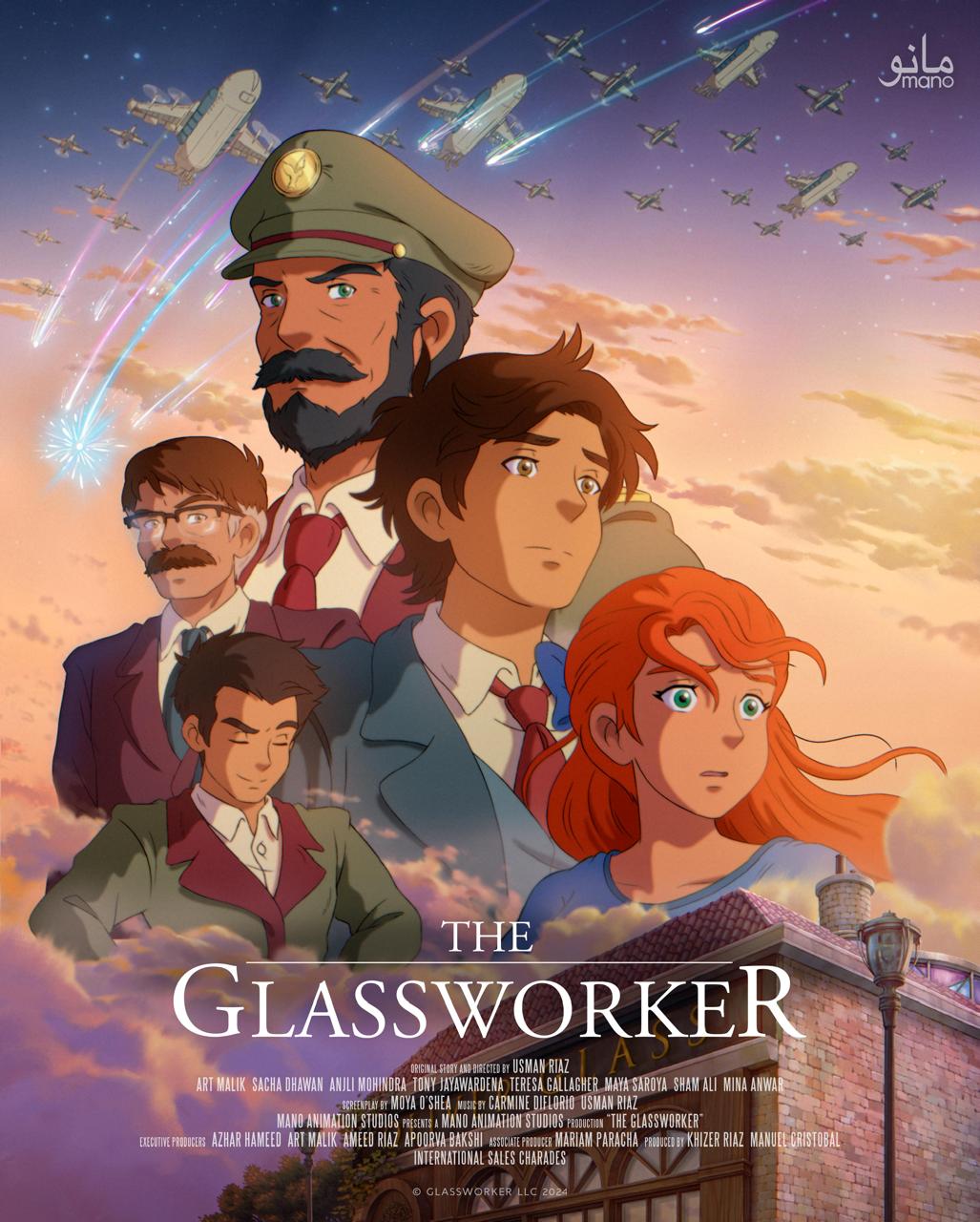
Mr. Usman Riaz is releasing his animated feature, called “The Glassworker” (or “Sheesha Gar” in Urdu), at the Annecy Animation Film Festival in June. It is also hitting theaters in Pakistan in July.
Obviously, the PakistaniCinema.Net team couldn’t wait to pick his brain and find out more about the man behind the Mano.
Driven to Dream
In 2013, Mr. Riaz was pursuing a degree in Music in Boston. It was there that he saw Studio Ghibli’s “The Wind Rises”. The film is a fictional biography of “Jiro Horikoshi”, a Japanese aeronautical engineer who built fighter planes during World War II.
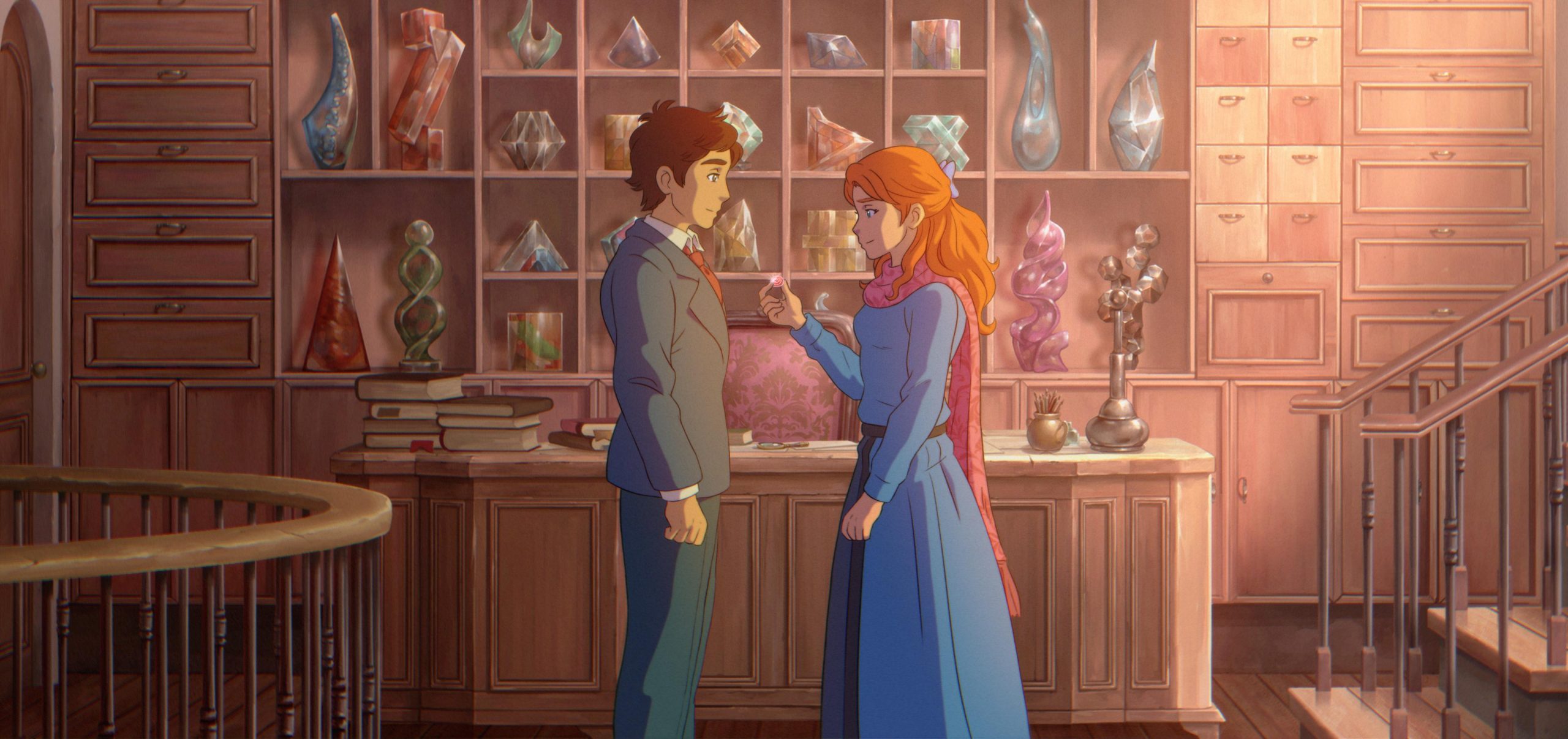
It had a profound effect on Mr. Riaz and he decided to finally pursue his dream of making an animated feature. Having seen “The Wind Rises”, I can attest that its various sequences depicting the wonder of flight do make you want to jump out of your window and start “living”.
Building Pakistan’s First Hand-Drawn Animation Studio
Hand drawn animation is now harder to do than 3D-animation across the world. Fewer people know how to do it now than ever before. That’s why you’ve only seen 3D animated features in Pakistan, and why 2D animation is rarer across the world.
Building an animation studio in Pakistan is hard enough, but one for hand-drawn films is even harder. However, Mr. Riaz was adamant about building within Pakistan. “Bloom where you are planted.”, he says.
It has been an uphill battle for him and that’s why it has taken 10 years. He began with just two people: his wife Mariam Riaz Paracha (Assistant and Art Director), and his cousin Khizer Riaz (CEO and Producer). He storyboarded the entire film himself.
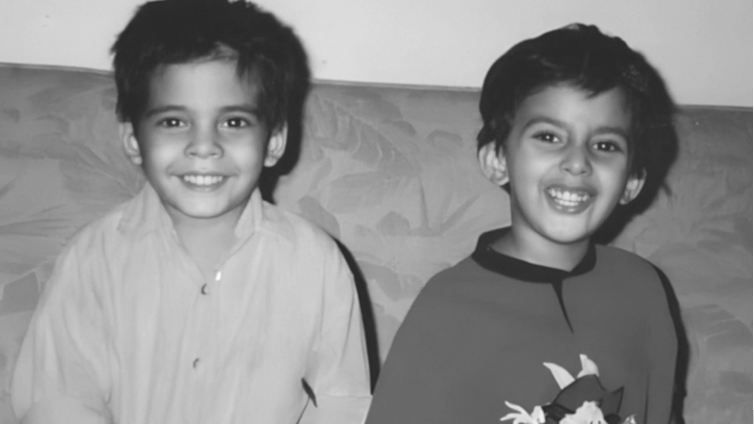
It was this small team for about 2 years until things started picking up.
Convincing investors was a herculean task for a hand-drawn film in Pakistan. In the beginning, no one was willing to support “The Glassworker”. Their initial Kickstarter Campaign showed promise, and slowly, but surely, investors from the west began to fund the project.
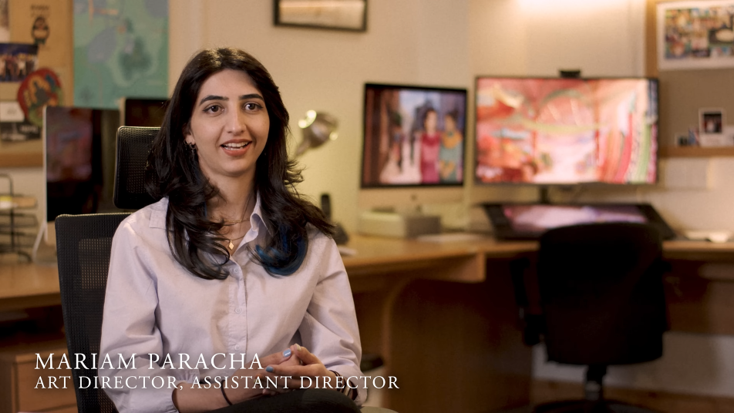
Luckily, throughout the entire filmmaking journey, Mr. Usman Riaz was continually inspired and supported by his family and his colleagues.
He counts Sharmeen Obaid Chinoy among his most ardent supporters. She didn’t just show that animation is viable in Pakistan, she has also been a supportive presence in his life since 2011.
You can follow the journey of Mano Animation Studios and the making of the Glassworker on their YouTube channel.
Main Akela Hi Chala Tha
It took roughly 10 years to build Mano Animation Studios, get together a team and create “The Glassworker”. Starting with just his wife and cousin, Mr. Usman Riaz eventually brought together a team of artists who worked on the film, all sharing their vision.
Along the way, he shared the proverbial canvas with 80-90 artists from Pakistan, Malaysia, the Philippines, Lithuania, and Korea.
He also helped many artists from Pakistan realize their own passions because he first pursued his.
He speaks of a Doctor and a Dentist, both of whom tapped into their potential as artists in his studio. He also speaks of an office attendant who would leave drawings and sculptures around the studio, hoping to be discovered until he was confronted and put on the art team for the film.
Full scale production on “The Glassworker” began in 2019. 5 years later, that dream is crystallized. And Mr. Usman Riaz is all praise for his team. In music, writing, animation, and art direction, there are very, very talented people at Mano Studios.
Working Glass And Walking Through Fire
At sixteen years old Mr. Usman Riaz visited Venice, the sinking city. There he first saw the Murano Glass Blowers, masters of their craft, molding molten silicon dioxide into beautiful art. It is no mean feat. One of the hardest art forms to master, ironically it produces something so ephemeral, shattering without care.
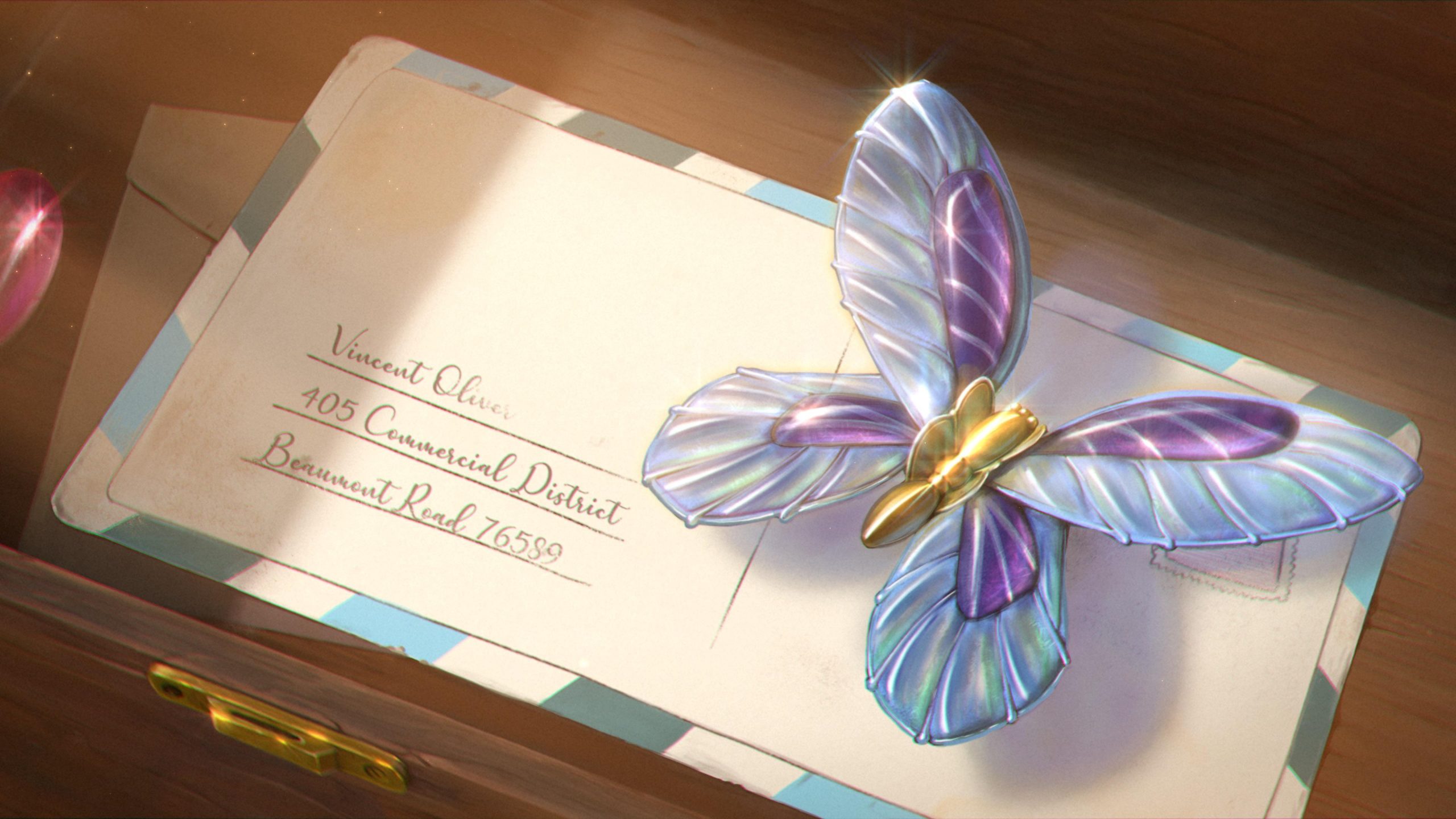
(I was reminded of an old episode of the Pokemon series in which a glass blower searches for a crystal Onix.)
Mr. Riaz chose a glassworker to be the protagonist of his film because of this ephemeral nature. And of course, the juxtaposition of a glass shop against a war in the film emphasizes the fleeting existence of something so fragile.
Finally, making a hand-drawn animated film in Pakistan where the film business itself is fragile presents quite the metaphor of art mirroring life. Or is it the other way around?
A Foot in Both Camps
Mr. Usman Riaz has a Bachelors in Illustration from the Indus Valley School of Art and Architecture in Karachi and a Degree in Music Theory and Composition from the Berklee College of Music in Boston.
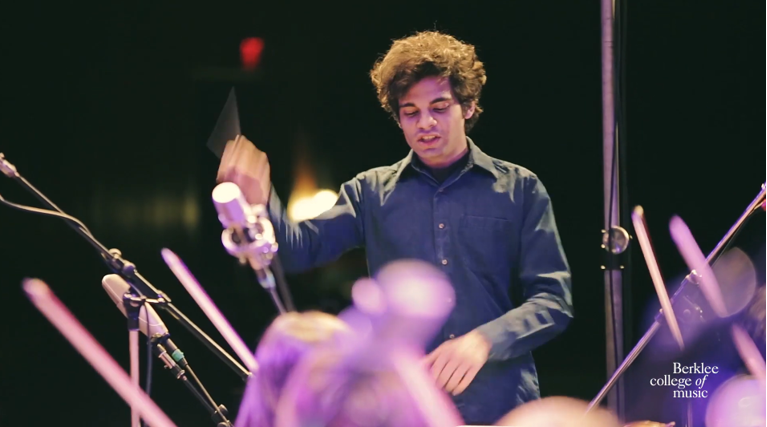
So, he has a foot firmly planted in both camps. You may remember his work on Coke Studio; Descent to the Ocean Floor. Not only has he written, storyboarded and animated the Glassworker, he has also co-composed the soundtrack for the film with Carmine DiFlorio; a colleague from his days at Berklee.
And so, many times during the making of the film, the music informed the visuals and vice versa. However, this dual talent forms a deeper connection to the film.
The Glassworker features two protagonists: Vincent the Glassworker’s son and apprentice, and Alliz, an aspiring violinist. Dual aspects of Mr. Usman Riaz’s personality, the two characters reflect his own journey, particularly in the musical arts.
Inspiration Left, Right and Center
There is no one inspiration for the Glassworker. Like all artists, Mr. Usman Riaz has pulled from various aspects of his life, and art he’s seen, to populate each frame. He cites the work of Hayao Miyazaki of course, as heavily inspiring him, but there are many others.
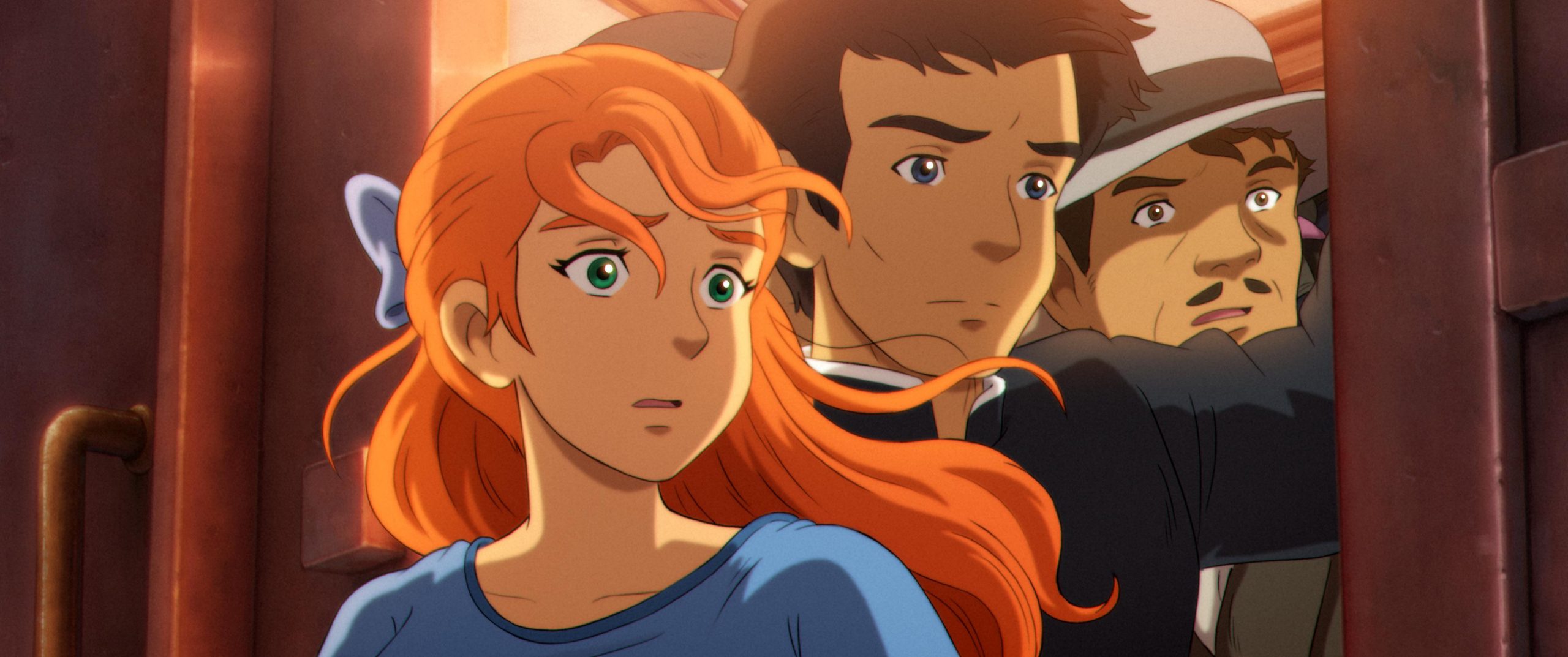
One need only look at the interplay of light in the trailer of the Glassworker to note that Mr. Riaz is a fan of Makoto Shinkai (“Your Name”, “Garden of Words”). He cites “Voices From a Distant Star”, “The Place Promised”, “Five Centimeters Per Second”, and “Children Who Chase Lost Voices” as anime favourites.
Like Makoto Shinkai, Mr. Riaz has endeavoured to make the environment as much a character in the story as any other. Though he notes that his approach is more restrained. He applauds the efforts of the art direction team headed by Mariam Paracha as well as Aamir Rifat and Khizer Riaz in this respect.
The world of ‘The Glassworker’ is set in the midst of war. It is a theme that grew very organically because of his experiences in a post-9/11 world. However, he also cites historical epics like “Dr. Zhivago”, and “Gone with the Wind” that informed his depiction of war.
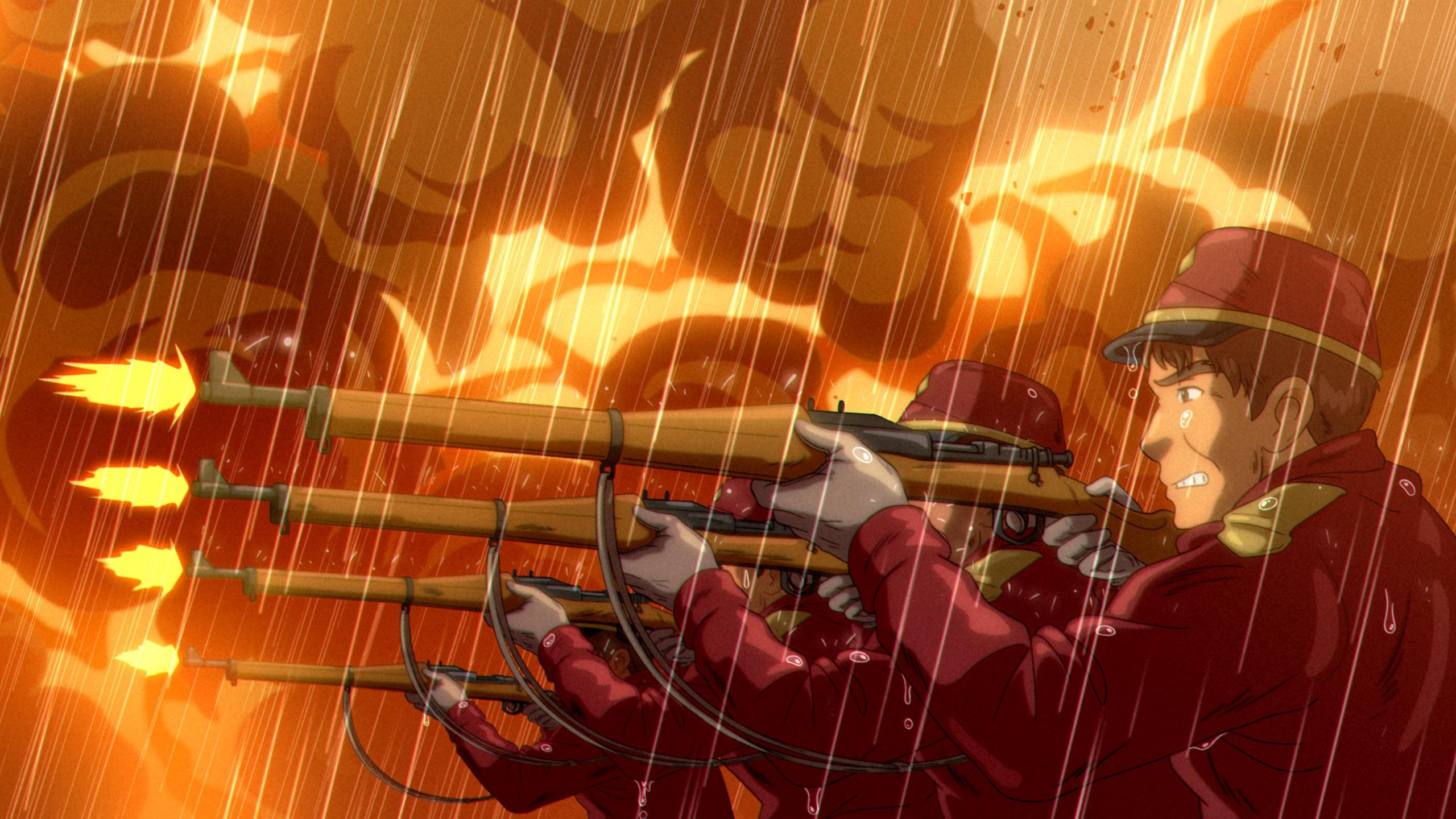
He also cites “Perfume: The Story of a Murderer”, the film based on Patrick Suskind’s novel as a proof-of-concept of sorts. If a movie about perfume could be made, he thought, well then, the Glassworker could be made too. The theme of ephemerality repeats here. A fragrance can vanish into thin air just like glass can shatter in a moment.
What Is the Glassworker?
Mr. Usman Riaz often repeats the phrase, “The Beauty in the Mundane and the Tragedy in the Beautiful” to emphasize the power of animation. Is that “The Glassworker” in a nutshell?
One hopes it’s also the first of many hand-drawn animated films from Pakistan. There has been a dearth of shows and films for children for decades in Pakistan and this may be the spark that lights the fire.
We’ll soon find out. The Glassworker hits theaters in Pakistan on the 26th of July.

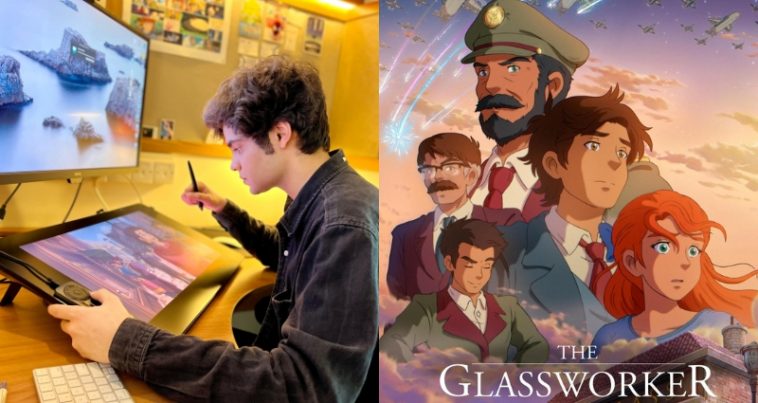

Comments
Loading…
Comments
0 comments